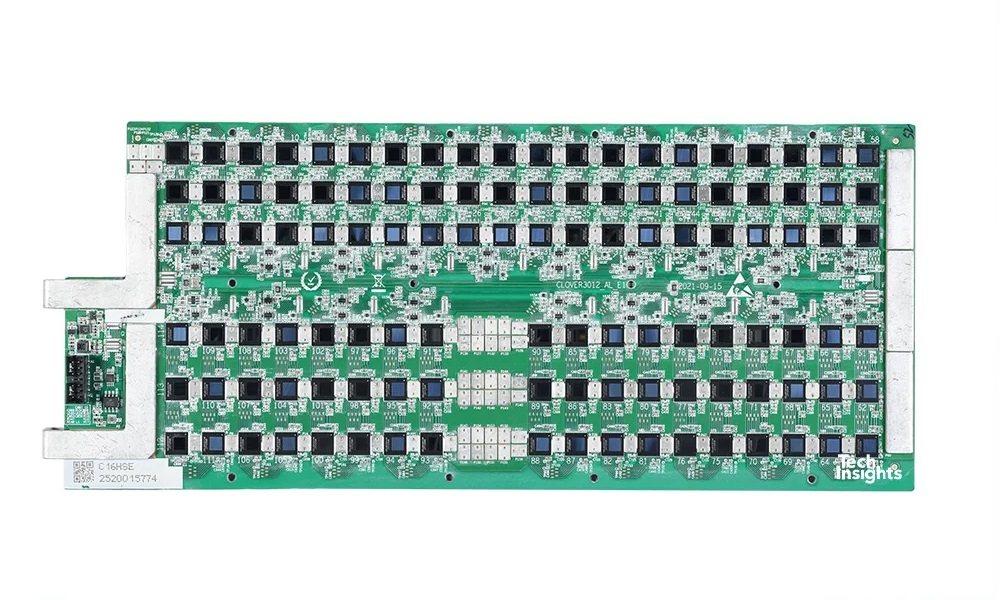
could be baptized as the thought machine and has been developed by a team of researchers from the University of Texas at Austin. It’s about a innovative decoder which works by magnetic resonance and that it does not require a model of neuro-invasive surgery. It works by making recordings of the user’s brain activity, and from there, predicting the words they are hearing or imagining.
The study has been published in the journal Nature Neuroscience and has shocked the world as a revolutionary advance for patients who have lost the ability to communicate physically after suffering a stroke, paralysis or any other type of degenerative disease.
The artificial intelligence decoder works with a transformer model similar to what we can see in the chatbot of Bard from Google and from ChatGPT from OpenAI. The system produces a text from careful training for hours after the patient is listening to or imagining a story. However, it does not always coincide in its entirety with the original words of the participant, since it is not an exact transcription, but rather captures general thoughts and ideas.
Study participants were trained by listening for 16 hours different podcasts within a fMRI scanner (functional magnetic resonance imaging), capable of measuring brain activity efficiently. The new model is capable of decoding a continuous language for long periods of time with complicated ideas, and as one of the research leaders points outAlexander Huthrepresents a great advance with respect to previous methods based on short sentences or single words.
Scientists continue to carefully work on the concept Generative Artificial Intelligence (IAG) with applications of Generative Pre-trained. Transformer (GPT) and LLM (Large Language Models), although in this case based on GPT but taking indications from the mind of the users, instead of the human text. Although at first it was thought to call it BrainGPT, it has finally been called GPT-1.
Another training was to ask the participants to look at four videos without audio while inside the scanner, the AI system accurately describing certain events.
The careful training
For the machine to work and achieve its results, it will require numerous hours of prior training with the patient. On the one hand, cortical semantic representations registered by means of a resonance will be made and, later, a sequence of intelligible words will be generated that recover the sense of the perceived speech. The result of each patient is unique and intangibleso it cannot be transferred to another patient.
However, in order to carry out the training, the patient must give his/her explicit consent, since otherwise you would be making an improper use of technology and breaking the limits of privacy. It is important to promote the momentum of policies that protect the mental privacy of the person.
The development of this efficient AI decoder in brain patients represents a great advance, as it will help people who have lost the ability to communicate as a result of a stroke to do so again. There have been devices previously that have tried this idea without success, but now it seems that all the circumstances have been met for it to be successful. GPT-1 could help to patients with ALS or aphasia to communicateand even open new avenues of research in favor of the psychotherapy.
His availability
It is not yet available on the market, as cannot be used outside of a laboratory environment by relying on the fMRI scanner to function. In spite of everything, the researchers believe that it will eventually be able to be used by portable brain imaging systems. Its evolution and commercialization will depend on the term of PCT patent approval for technology requested by the researchers.
The technology of fMRI machines presents the problem that they occupy entire rooms and that they represent an investment of millions of dollars. That being said, it is essential economic collaboration of governments and institutions in favor of this very beneficial tool.



